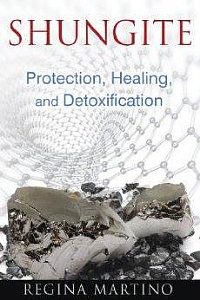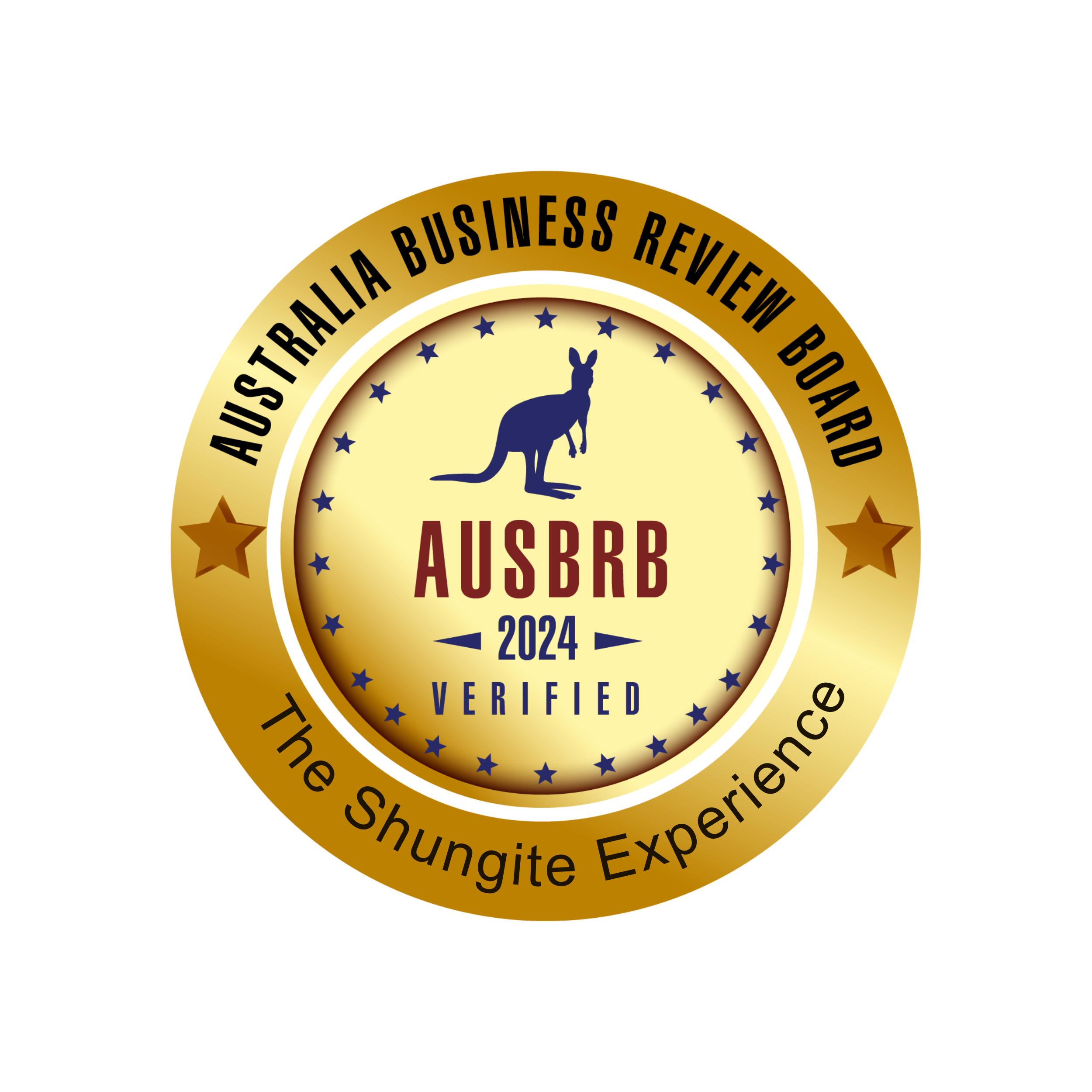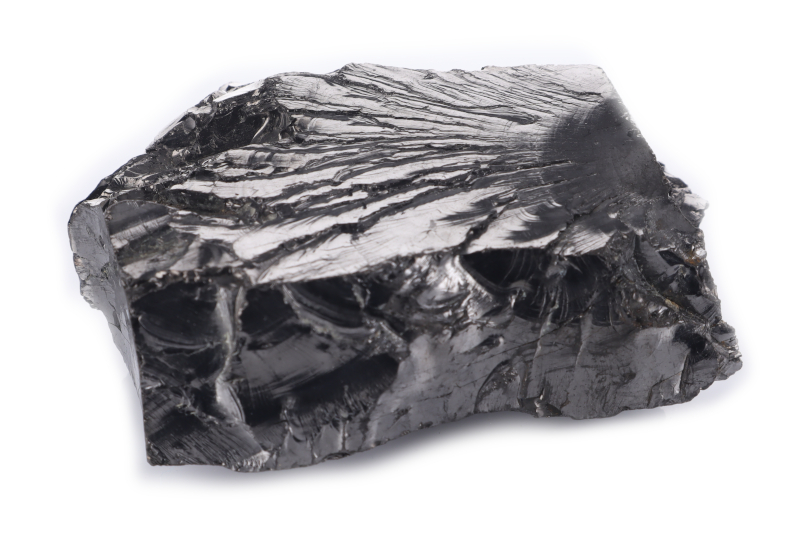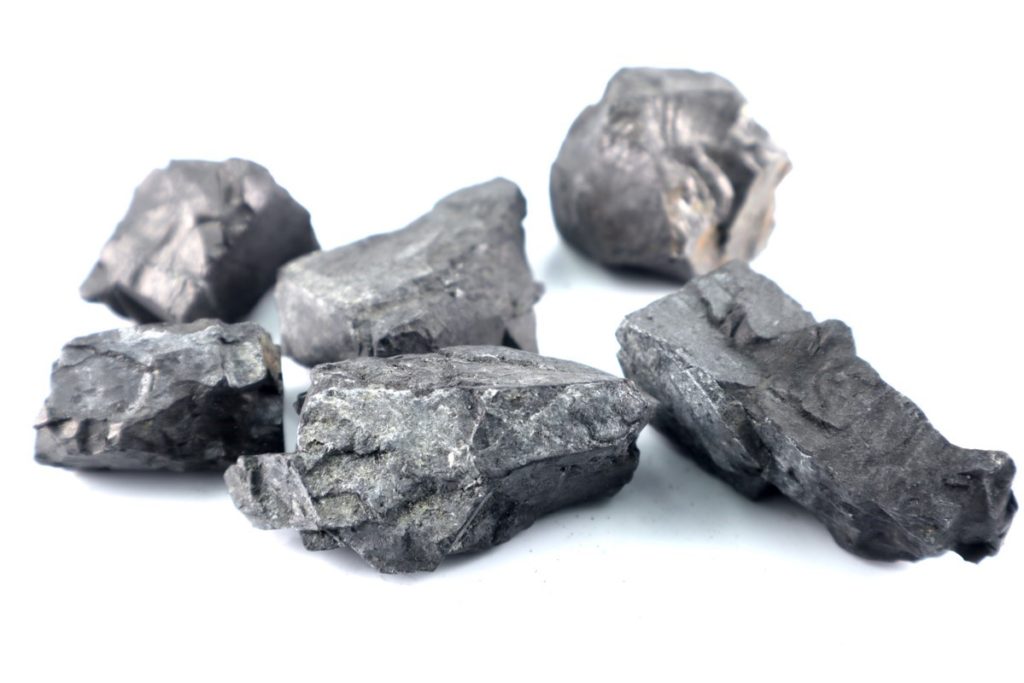Articles
What is Petrovsky Shungite ?
The 3 main types of Shungite and Petrovsky Shungite:
So……..3 /4 years ago there was nothing called Petrovsky Shungite. When Regina Martino wrote her amazing book and did her experiments on Shungite there was nothing called Petrovsky Shungite. Strange hey? Where did it suddenly come from? A new vein of Shungite suddenly found after thousands of years perhaps? We don’t believe so. This new name, for a lower grade of Elite Shungite, came into being when a new Russian Supplier appeared on the scene at that time. It was a concept that they seemed to bring about and since then much confusion has taken place. We in no way want to denigrate others opinions or to start a fight about this but we need to make our opinions clear as we have had a lot of experience in this business and even travelled to Europe and spoken with different Russian suppliers in person. We leave it up to you to do your research and decide for yourself. Below is information from various suppliers and experts in the field, hopefully, it will help you on your Shungite Journey!
Our Suppliers in Russia:
We talk regularly with our different suppliers in Russia and rely on their expertise as well as our years of experience in this Industry. We are the longest established Shungite Supplier in Australia ( over 7 years and still going strong! )
So our suppliers say that Petrovsky Shungite is simply a slightly lower grade- less carbon than normal Elite – Elite Shungite. We can buy small pieces that look similar to Elite but they do not shape it into Pyramids etc and it is very definitely not Type 2 Shungite. So Petrovsky is somewhere in the middle of Type 2 and Elite Shungite.
Type 3 Shungite can not be made into these shapes as it is only rock and doesn’t polish or cut well. Maybe if you are a newer Australian supplier and you buy from this Russian supplier you may be under the impression that Type 2 Shungite is Petrovsky Shungite but as far as the experts we buy from are concerned – let alone Regina Martino who wrote the BOOK on Shungite – it is a separate, lower grade Elite. If there are only 3 types of Shungite in this scenario then where is Shungite rock or Type 3, which is what the Scientists used when testing the process of water purification with Shungite? All the scientific papers written on water purification are based on Type 3 Shungite or Shungite rock as it is more commonly called.
The below info is from another one of our Suppliers. They have seen that there are even more types of Shungite according to a Russian researcher geologist.
Types of shungite stone- even more detailed analysis from Russia –
”Depending on the carbon content of shungite rocks according to the classification of researcher geologist p. A. Borisov are divided into 5 types:
- Type 1 – carbon content from 75% to 98%
- Type 2 – carbon content from 35% to 75%
- Type 3 – carbon content from 20% to 35%
- Type 4 – carbon content from 10% to 20%
- Type 5 – carbon content less than 10%
Each type of shungite stone has its own external distinctive features. The most practically important is type 3. The fact is that a wide range of applications has been identified for this type of shungite. Practical orientation is reflected in the geological and industrial classification, shungite, developed by Russian scientist – Yu. K. Kalinin.”
So this brings in even more and different information with possible confusion also!!!
Below is an excerpt From Regina Martino-
Chapter 1
THE DIFFERENT TYPES OF SHUNGITE
”It’s important to keep in mind that shungite in its natural state contains varying amounts of organic carbon. For this reason, you will find stones being marketed under the name shungite that have different appearances. The explanation is very simple: they contain differing quantities of carbon. Following are the three qualities of shungite that are usually found.
Type I Shungite (Silver Shungite) Type I occurs as a black, vitreous mineral with a semimetallic, silvery shine. It contains 98 per cent organic carbon. This is the most scarce form since it accounts for only 1 per cent of all shungite that is found. It occurs in very narrow veins having a maximum width of 40 cm (16 inches). It can be easily identified because of its conchoidal fractures. Ocre-coloured inclusions are jarosite, a basic sulphate of iron formed from the oxidation of pyrite (see colour insert, plates 2–4, for photos of type 1 shungite). Sometimes, in marketing it, this type of shungite is called crystallized because of its naturally faceted appearance but this term is incorrect since shungite is an amorphous mineral and never crystallizes into any shape. Composition Carbon = 98% Nitrogen, Oxygen = 0.9% Hydrogen = 0.3% ash content up to 0.8%
Type II Shungite (Black Shungite)
Type II Shungite occurs as a black mineral. This is the kind of shungite most often used to make objects because, unlike type I, it can be easily shaped and polished (giving it a brilliant shine). (See plate 5 in the colour insert.) It contains 50 per cent to 70 per cent organic carbon. Composition Carbon = 64% Nitrogen, Oxygen = 3.5% Hydrogen = 6.7% ash content up to 3.3% Type III Shungite (Gray Shungite) This occurs as a grey-coloured mineral and contains 30 per cent to 50 per cent organic carbon.
Type III Shungite (Gray Shungite) This occurs as a gray-colored mineral and contains 30 percent to 50 percent organic carbon. Composition Carbon = 30% Silicon dioxide = 56% Water = 4.2% Aluminum oxide = 4% Iron oxide = 2.5% Potassium peroxide = 1.5% Magnesium oxide = 1.2% Sulfur = 1.2% Calcium oxide = 0.3% Sodium oxide = 0.2% Titanium dioxide = 0.2% There are stones containing a lower percentage of organic carbon. These are termed shungite rock instead of shungite.
DEFINING SHUNGITE
If we were to provide a mineralogical definition for the purest type of shungite (type I), we could say that shungite is a 98 per cent carbon, noncrystalline, nongraphite, structurally heterogeneous, vitreous, black mineral with a semimetallic shine. The mineral is identified as shungite in Walter Schumann’s Gemstones of the World (a definitive reference work in the field of gemology).”
Martino, Regina. Shungite: Protection, Healing, and Detoxification.
This book was first published in 2011 and there was no such thing as Petrovsky Shungite. In fact, it is only a recent addition to the Shungite Industry. Most people in Russia don’t refer to Type 2 Shungite as Petrovsky until one new retailer suddenly found out that they could charge more for this new ”version”. We have spoken to most of our Wholesalers and they don’t agree that the polished or unpolished pieces are made from Type 3 Shungite. Type 3 has generally been and always will be the lowest grade, so Shungite rock or Shards is Type 3. This is not made into shaped pieces. Type 2 Shungite is the only one that they use to make Pyramids, Spheres or Cubes etc. You would not be able to shape and polish the lowest grade Shungite and make it so beautiful as it just doesn’t cut and shape as Type 2 does.
So, as far as our suppliers and ourselves are concerned Type 2 Shungite is not Petrovsky Shungite – Petrovsky has a slightly higher carbon content and generally looks more like a lower grade of Elite Shungite. It won’t be shaped and polished unless it is in smaller pieces of jewellery. There is no possibility that Type 3 Shungite is what all of the shaped pieces are made from- it’s very easy to see that as they are far too beautiful and Type 3 Shungite is very much like a rock.
So to sum up from ours and our Suppliers in Russia’s opinion –
Type 1 is Elite/Noble Shungite
Petrovsky Shungite – newer classification
Type 2 is all of your polished and unpolished shapes
Type 3 is Shards and rock.
If you need any clarification or to just ask any questions feel free to email us at –
info@theshungiteexperience.com.au
Laurice and Mark







